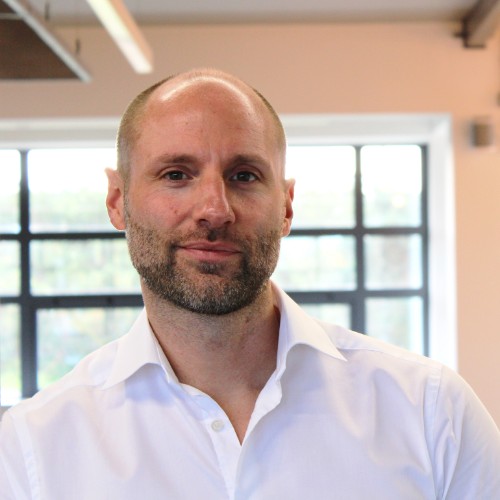TALiNT Partners Insights provides invaluable information that enables businesses to make informed, strategic decisions. Our curated insights are your tools for problem-solving, fostering growth, and achieving success within talent acquisition and staffing.
-
-
-
Featured Stories
- 17/04/2024
- 17/04/2024
- 16/04/2024
- 12/04/2024
- 12/04/2024
-
-
Latest News
- Empowering executive women to lead the way17/04/2024
- Job ads underscore hopes for labour market resilience17/04/2024
- Firms offer more leave days for in-office workers17/04/2024
- Young people give the public sector their vote of approval16/04/2024
- Navigating the shift: The rise of temporary solutions and skills-based hiring12/04/2024
- Empowering executive women to lead the way
-
-
Audience
About Us
-
Content Types
Regions
-
-
Home Employer Brand















